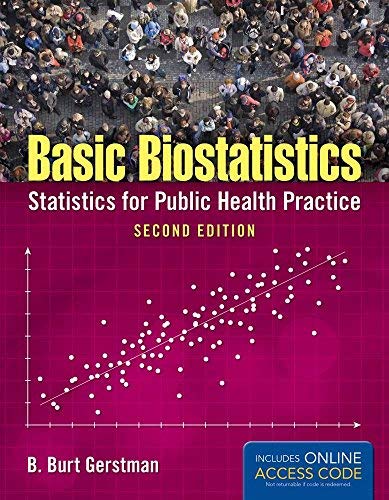Telephone survey contact rates. Telephone surveys typically have high rates of nonresponse. This can cause bias when
Question:
Telephone survey contact rates. Telephone surveys typically have high rates of nonresponse. This can cause bias when the variables being studied are associated with factors that determine the response rate. For mail and home surveys, it is known that advanced-warning letters letting participants know that a survey is on its way increases overall response. A study investigated the utility of leaving messages on answering machines as a means of encouraging participation in telephone surveys. A message was left or not left at random when an answering machine picked up the first call of a telephone survey.
Table 17.7 lists cross-tabulated results for ultimately making contact by phone.
(a) Descriptive statistics: Calculate contact “rates” (proportions) for each of the groups.
(b) Hypothesis test: Test the proportions for a significant difference.
Show all hypothesis-testing steps.
(c) Estimation of the effect size: Calculate the difference in proportions and its 95% confidence interval. Does this effect seem large enough to be important?
Step by Step Answer:

Basic Biostatistics Statistics For Public Health Practice
ISBN: 9781284067583
2nd Edition
Authors: B.Burt Gerstman






